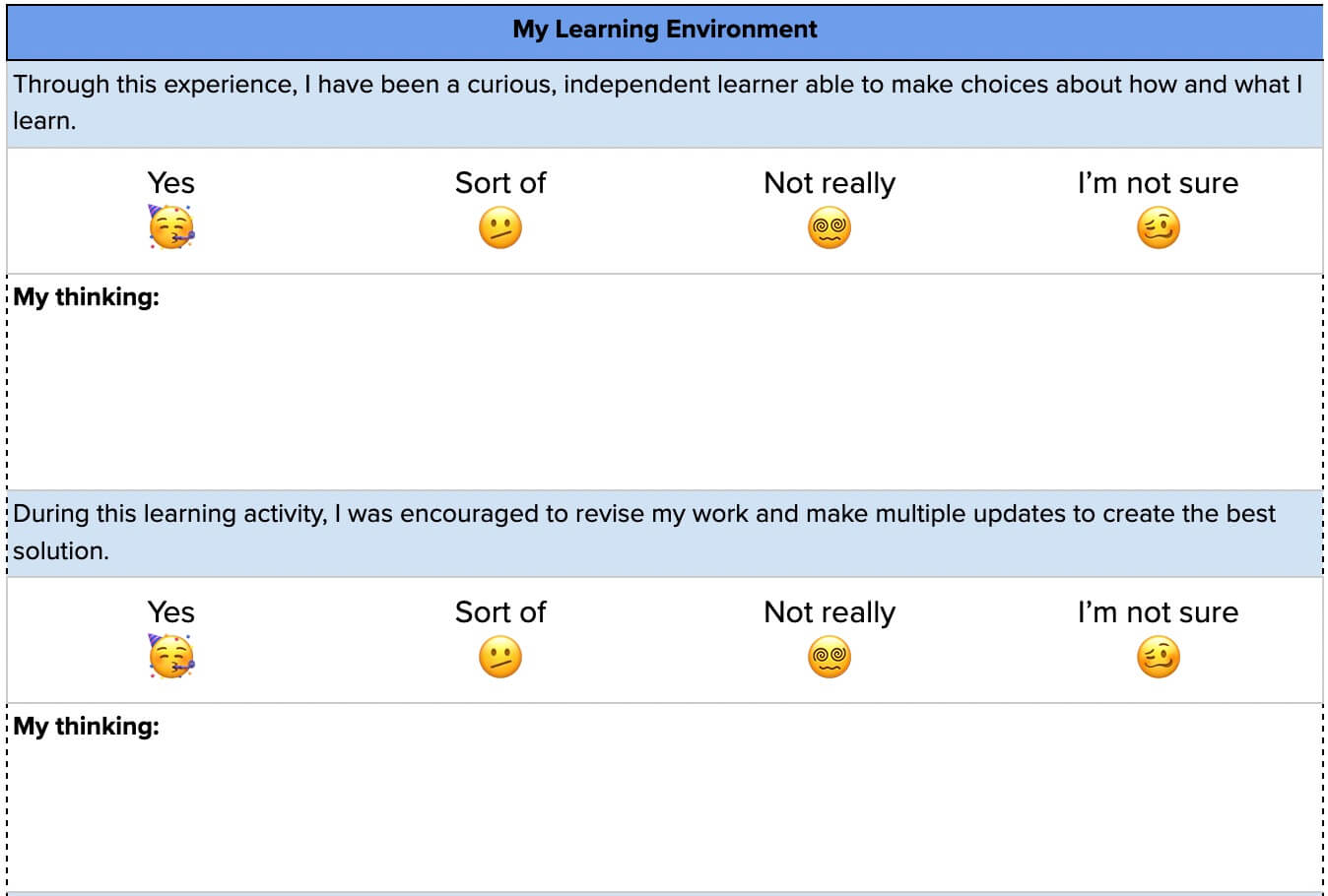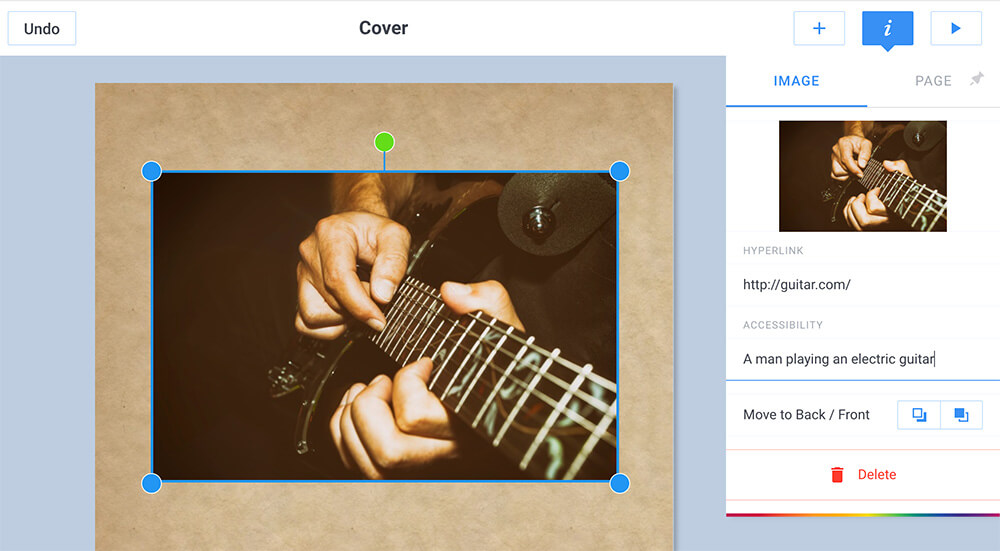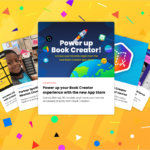This post continues our creativity blog series about the 4Ps: Place, Process, Person, and Product.
When you think about a “creative person” what traits come to mind? Artistic? Musical? Dramatic? What about athletic, scientific, or mechanical? If you asked your students who they find creative, would they describe a TikToker, YouTuber, or maybe even a freestyle skier? What traits do those individuals all share?
When asked to identify a “creative person”, the focus is often as much on what they do – the products or performance resulting from their creative thinking – as who they are. For that reason, the 4Ps Framework defines a creative Person based on the traits, or habits of mind, that they may possess:
- Self-direction, curiosity, agency, and growth-mindset.
- Willingness to take an iterative approach to problem-solving.
- A desire to seek feedback.
- The capacity to generate novel ideas or solutions.
Teaching creative mindsets
In a paper connecting research to classroom strategies, a team of neuroscientists from Johns Hopkins University argue that creativity can be taught. To do so, they assert that educators should design hands-on learning experiences that encourage students to collaborate, apply knowledge in flexible ways, engage in complex problem solving, as well as generate and evaluate different ideas or perspectives.
However, to nurture students’ creative mindsets, educators need to closely examine the learning objectives and materials (both analog and digital) as well as the different activities that they design.
At The Learning Accelerator (TLA), we produced an openly-available framework based on the 4Ps to help educators intentionally design learning experiences to nurture these traits. The framework asks educators to consider the ways in which different lessons, units, or activities ensure that students:
- Develop mindsets and skills, such as self-direction, curiosity, agency, and growth mindset, to support creative problem-solving.
- Learn to take an iterative approach to problem-solving.
- Encourage students to seek feedback on ideas and solutions AND incorporate that feedback in their work.
- Require students to generate novel ideas when problem-solving.
Cultivating creative habits of mind
Developing these creative mindsets can feel like a daunting task. Our creativity framework recognizes that this is an ongoing, iterative process that takes time. To get started, we recommend choosing one to two elements, focusing on them across several lessons, units, or activities until they become a natural part of your planning. Each element includes a protocol to support instructional design with the goal of making ongoing, iterative improvements.
Perhaps even more importantly, the protocol includes both a digital and printable student reflection and feedback tool. Without structured prompting and an opportunity for reflection, students may not recognize that they are developing these traits. Their feedback can also indicate whether they need more explicit instruction or prompting.

Unleashing creativity! 🌈
Years ago, when teaching a second grade technology class, I asked my students how they thought a computer worked. One boy argued vehemently that it was because of the "Neopets living in the motherboard"! We borrowed magnifying glasses from the science teacher, opened up an old hard drive, and went to look for them. After an extensive search, which did not turn up any Neopets, he informed me that I was just “too old to see them.”
Students enter into schools as creative children full of imagination and curiosity. They ask questions, seek out new solutions, and learn without inhibition – my student did eventually abandon the Neopet theory. Unfortunately, as students progress through an education system that has traditionally valued convergent thinking – the need to produce a single “right” response – they seem to lose their creativity, or at least they believe that they do.
In a 2005 Scientific American article, physician Ulrich Kraft argued that the emphasis on solving problems correctly rather than creatively discourages traits such as experimentation and playfulness that allow students to develop creativity.
By taking a creativity mindset approach, educators can help students understand that creativity is not limited to select groups of people but is an essential skill that will ultimately help them produce more creative ideas, performances, and solutions. We will dive into this idea of the creative Products in the last post of this series.
Dr. Beth Holland is a Partner at The Learning Accelerator (TLA), where she leads the organization’s research and measurement initiatives. She has over 25 years of experience working as an educator and researcher examining challenges of equity, technology, and leadership within K-12 public school systems.









